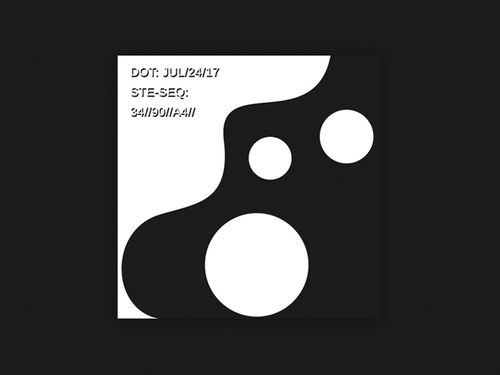
Om Symbolism Meaning: A Deep Dive into Its Multidimensional Significance
The Om symbol, often depicted as a three-part sound, is one of the most sacred symbols in Hinduism, Buddhism, and Jainism. It is not just a sound but a representation of the universe and its infinite possibilities. In this article, we will explore the various dimensions of the Om symbol’s meaning, from its origins to its significance in different cultures and religions.
Origins of the Om Symbol

The Om symbol has its roots in ancient India, where it is believed to be one of the oldest symbols in the world. It is often associated with the Vedic period, which dates back to around 1500-500 BCE. The symbol is made up of three distinct parts: the A, U, and M sounds. Each of these parts has its own significance and contributes to the overall meaning of the symbol.
| Part | Sound | Meaning |
|---|---|---|
| A | Aum | Creation and the universe |
| U | Aum | Preservation and the mind |
| M | Aum | Destruction and the body |
Together, these three sounds form the Aum, which is considered to be the primordial sound from which all other sounds arise. It represents the unity of the universe and the interconnectedness of all things.
Significance in Hinduism

In Hinduism, the Om symbol holds immense importance. It is considered to be the sound of the universe and is often chanted during meditation and rituals. The symbol is believed to have the power to purify the mind and bring peace and tranquility. It is also seen as a representation of the divine presence in the universe and is often used in mantras and prayers.
Additionally, the Om symbol is associated with different deities in Hinduism. For example, it is believed to be the sound of Brahma, the creator god, and is often used in rituals dedicated to him. It is also associated with Shiva, the destroyer god, and is used in rituals to invoke his presence.
Significance in Buddhism

In Buddhism, the Om symbol is also of great importance. It is considered to be the sound of the Buddha and is often used in meditation and prayer. The symbol is believed to have the power to purify the mind and bring enlightenment. It is also seen as a representation of the interconnectedness of all beings and the universal law of karma.
Additionally, the Om symbol is often used in Buddhist art and architecture. It is depicted in various forms, such as in the center of the lotus flower or as part of the mandala. It is also used in the names of many Buddhist texts and teachings.
Significance in Jainism
In Jainism, the Om symbol is considered to be the sound of the universe and is often chanted during meditation and rituals. The symbol is believed to have the power to purify the soul and bring enlightenment. It is also seen as a representation of the interconnectedness of all beings and the universal law of karma.
Additionally, the Om symbol is often used in Jainism to represent the five great vows: non-violence, truthfulness, non-stealing, chastity, and non-possessiveness. It is also used in the names of many Jain temples and organizations.
Om Symbol in Modern Culture
In modern times, the Om symbol has gained popularity beyond its religious origins. It is often used in yoga, meditation, and mindfulness practices. The symbol is believed to have the power to bring peace and harmony to the mind and body. It is also used in various forms of art and design, from jewelry to tattoos.
The Om symbol has become a symbol of unity and peace, representing the interconnectedness of all beings and the universal law of karma. It is a reminder of the oneness of the universe and the importance of living in harmony with others.
In conclusion, the Om symbol is a multifaceted symbol with deep roots in Hinduism, Buddhism, and Jainism. Its origins can be traced back to ancient India, and its significance has evolved over time. Today, the Om symbol continues to be a powerful symbol






